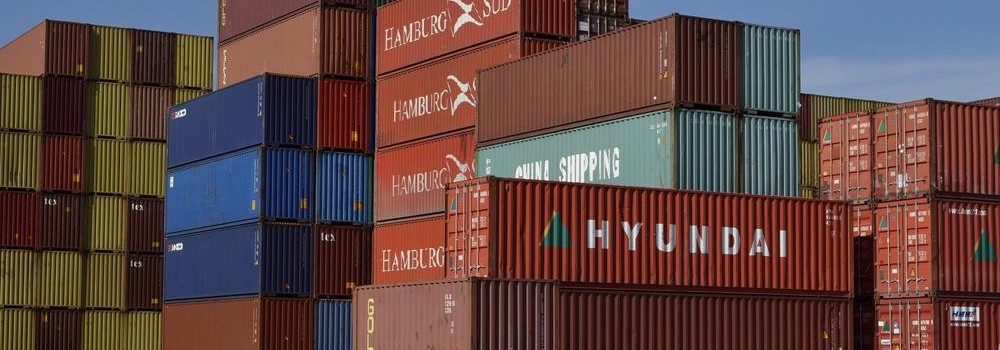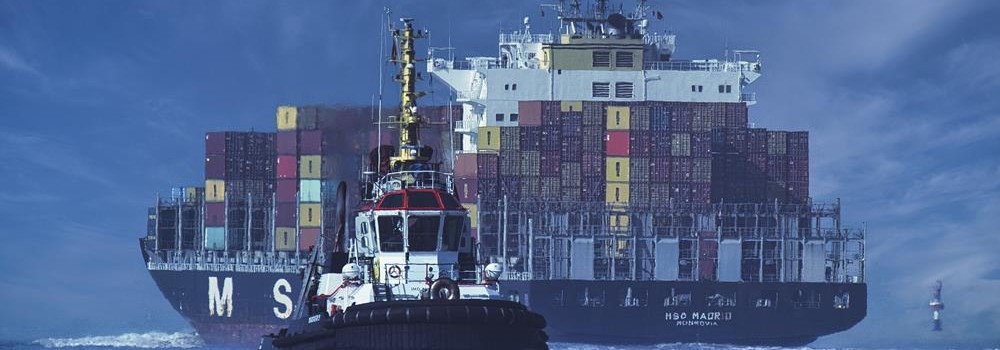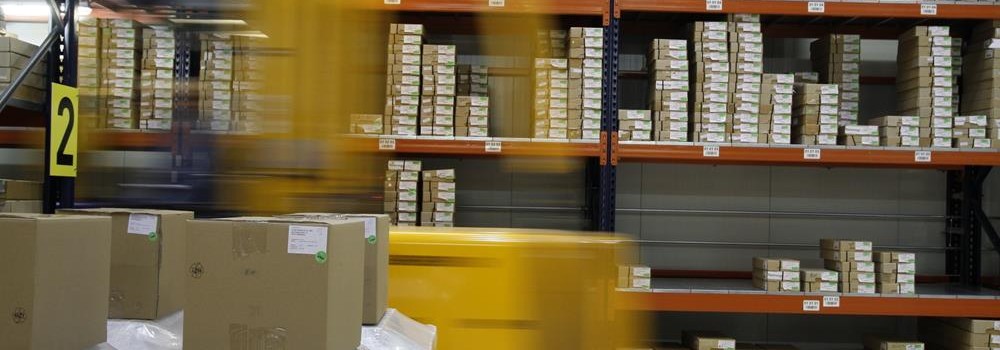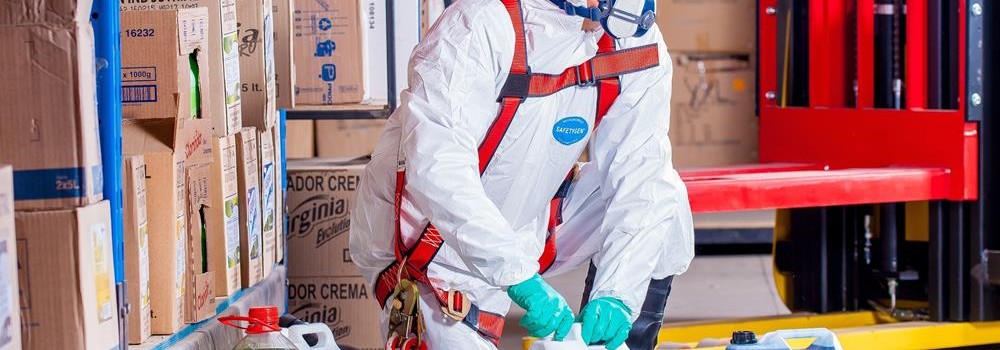- Home
- Business Processes
- Industry Knowledge
- Aerospace Industry
- Automotive Industry
- Banking Domain
- BFSI Industry
- Consumer/ FMCG Industry
- Chemicals Industry
- Engineering & Construction
- Energy Industry
- Education Domain
- Finance Domain
- Hospitality Domain
- Healthcare Industry
- Insurance Domain
- Retail Industry
- Travel and Tourism Domain
- Telecom Industry
- Leadership Skills
- eLearning
- Home
- Business Processes
- Warehouse Management
Warehouse

Warehousing is one of the essential elements in current day business without which business is not possible.
Your guide to business processes related to warehouse management
TechnoFunc brings to you detailed learning resources on warehouse management. Once the goods have been manufactured, someone owns the products till they are delivered to end customers and has its money tied up in them. Hence someone needs to keep track of where those products are and protect them from damage. Warehouse enables the businesses to stockpile these goods and manage them before further distribution. Storage also includes a proper arrangement for maintaining goods from the time of their manufacturing or purchase till they are truly used. When storage is managed on a large scale and in a particular manner it is known as warehousing.
Warehouse management and distribution logistics involve the physical warehouse where products are stored, as well as the receipt and movement of goods takes place. Warehouse management aims to control the storage and movement of products and materials within a warehouse. These operations include the receipting of inwards goods, tracking, stacking and stock movement through the warehouse. Warehouse management is also responsible for ensuring shelving or pallet racking is in place to secure the stock, maintaining the quality of goods while in storage and until they are shipped out of the warehouse. The warehouse is the core of inventory management where all goods are received, sent to stores or shipped out and delivered to customers. Warehouse management isn’t so much about space as it is how to effectively use that space.
Quickly upgrade your knowledge on the latest business processes and industry best practices!
Different Types of Warehouses

Warehouses may seem like a simple, straightforward concept, but they actually include a variety of different types of warehouses that all have their own niche. The type of warehousing that’s right for you depends on your specific industry, location, and needs. From private warehousing, distribution centers, and climate-controlled warehouses, there’s an option to suit every business.
Warehouse Consolidation

Transport operations are often divided into full load and part load and due to economies of scale, the unit costs are higher for part loads. Our customer needs several part loads delivering, so it can reduce costs by consolidating these into full loads. Then it gets all the part loads delivered to a warehouse near the suppliers, consolidates them into full loads, and pays the lower costs of full-load transport to its operations.
Outbound Shipment Process

The Outbound process starts with routing the shipments. The Outbound execution process starts from the point when pick tasks are completed for an outbound shipment and ends at the point where the outbound packages are loaded into trailers. The Warehouse Outbound process includes managing and controlling outgoing materials starting from the download of orders through to the shipping of products from the warehouse.
Warehouse Packaging Process

Before shipping, businesses need to make sure that the items will arrive in good condition. Packaging is a form of protection against environmental threats that the product will face from the time it leaves warehouse facility until the time it reached the customer. The packaging is intended to provide protection for the item as it is being handled in the warehouse or when the item is being shipped.
Types of Order Picking Methods in the Warehouse

There are many different types of picking in a warehouse and each one works as a customized solution for each business. Depending on the size of your warehouse and inventory, the manpower you have on hand, and the number of customer orders made each day, there may be certain methods that are more efficient for you than others.
Outbound Picking Process

When a customer wants a product that has been stored in the warehouse, the same need to be picked off the shelf (or off the floor) and get it ready for shipping. Depending on how big is the warehouse, picking can take a while. (Many distribution centers cover more than 1 million square feet.). Hence, warehouse order picking methods are an important aspect within any warehouse.
Explore Our Free Training Articles or
Sign Up to Start With Our eLearning Courses

About Us
Learning
© 2023 TechnoFunc, All Rights Reserved